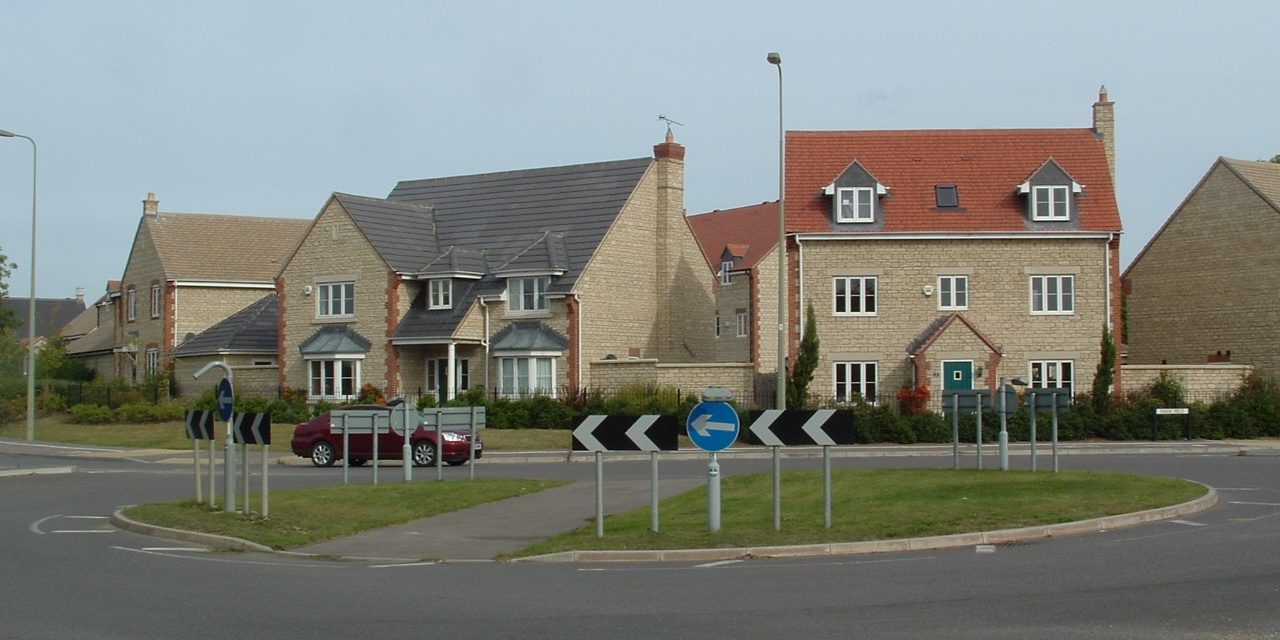Oxfordshire Plan 2050: CPRE Oxfordshire calls for independent review of flawed Growth Needs Assessment

7th October 2021
CPRE Oxfordshire believes that an independent peer-review of the Oxfordshire Growth Needs Assessment is required in order to address concerns about its approach that deviates from the Government’s Standard Methodology and pushes assumptions consistently towards the higher growth proposed in the Oxfordshire Plan 2050.
The Government’s Standard Method, based on ONS 2014 standard household projections plus ‘affordability uplift’ is given as the starting point. This gives the following figures for 2020-2030:
Household increase 23,869
Plus ‘affordability uplift’ 33,830
With 40% cap 33,500
(See table 7.2.2)
For Oxfordshire 2050 the 2020 to 2030 increase is simply extended to 2050 by multiplying by three to give a total 2020 to 2050 figure of 101,490 extra houses needed.
This procedure has two flaws. Firstly, the use of 2014-based household projections are considerably out of date and overestimate the household growth (because of declining fertility rates and international immigration). The 2018 base projections suggest a 2020 to 2030 growth of 19,161 households (cf 23,869 for the 2014 base).
Secondly the simple extrapolation of the 2020 to 2030 figures out to 2050 is decidedly dubious as the growth rates decline with time. The 2020 to 2030 annual percentage increase is 0.68% whereas the 2030 to 2040 increase is 0.53% and the 2040 to 2043 increase 0.46% (note the 2018 ONS projections only go to 2043). So, using the 2014 ONS base, the 2030 to 2040 increase should be 26,367 and the 2040 to 2050 22,885 and the total standard method 2020 to 2050 should thus be 83,082. Thus just this incorrect extrapolation exaggerates the housing need by 22%. This extrapolation technique is recommended by the standard method but the standard method was only designed for plans looking 15 years ahead, not 30 years in the case of Oxon 2050.
Taking into account both these effects the housing need 2030 to 2050 by standard method should be 64,000. (This of course still assumes that building 40% more houses than we need to allow for affordable housing – an assumption that has been repeatedly questioned.)
The OGNA goes on to make its own calculation i.e. it does not follow the Standard Methodology. This uses the 2018 population projections and the 2014 house occupancy figures, but then adjusts the 2020 baseline to take into account the discrepancy between the ONS population estimates and the Patient Register (PR) figures. The PR figures suggest there is an extra 26,000 residents of the County, compared with ONS. However, the PR figures are very likely be inflated by double registrations (particularly in the City of Oxford), which even the OGNA recognises (section 3.4). The methodology goes on to use the same extrapolation technique to go from 2030 to 2050, which will make the same 20% plus overestimate. This new methodology, almost magically, produces a projection for housing need for 2050 which is very close the original Government’s Standard Method, in this case 101,580. This all demonstrates the assumptions made by this new, unreviewed methodology are decidedly dubious and inflate the true housing ‘need’ in Oxfordshire.
Of course all these projections are pre Covid and have not taken full account of the impacts of BREXIT.
An inflated target is undesirable due to the unnecessary environmental impacts it will cause, the increased risk of leaving our local authorities unable to meet their housing supply figures and therefore vulnerable to speculative development, and the market uncertainty it creates for developers.
Overall, we note that between 30% and 44% growth is proposed, against a national prediction of 8.36% and a trend-based prediction for Oxfordshire of 6.8% over the same period.
At the very least, CPRE Oxfordshire would therefore expect to see the assumptions and conclusions of the OGNA robustly reviewed and tested by an independent third party.
Download CPRE Oxfordshire’s full response below.
